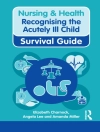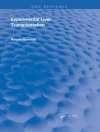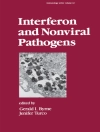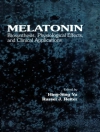Non-idiopathic early onset scoliosis represents a true challenge to the physician due to the significance of the ongoing growth of the spine, the risk of curve progression, and the risk of pulmonary insufficiency. A comprehensive review of the growth mechanisms of spine in infancy forms the basis of the book. Clinical evaluation and imaging of early onset scoliosis contribute to the diagnostic overview. The main causes of non-idiopathic early onset scoliosis are briefly described in the second part of the book. The last group of chapters presents the conservative and surgical treatments that are available along with their results, chances and challenges. This comprehensive guide is an opportunity for every specialist involved in the treatment of these severe deformities, to obtain an update of the actual trends and knowledge in the field in a one-point reference.
Cuprins
Growth: Normal and abnormal spine growth. Evaluation: Clinical evaluation.- Radiologic evaluation. Deformities: Congenital spine deformities.- Neuromuscular deformities: General considerations.- Cerebral palsy.- Duchenne Muscular Dystrophy and Spinal Muscular Atrophy.- Other neuromuscular disorders with spinal deformity. Management: Casting, bracing and traction.- Indication for non-fusion techniques in non-idiopathic scoliosis.- Growth modulation techniques for non-idiopathic early onset scoliosis.- Instrumentation in the childhood spinal deformities: Challenges, problems, limitations and solutions.- Fusionless instrumentation for non-idiopathic spine deformities of young children: The Growing Rod Technique.- VEPTR instrumentation in early onset scoliosis.
Despre autor
Muharrem Yazici is Professor of Orthopaedics at the Hacettepe University in Ankara, Turkey. His clinical practice involves pediatric orthopaedics and spine problems. His interests focus on musculoskeletal problems of children, especially pediatric spinal deformities (neuromuscular and congenital), DDH, and Legg-Calve-Perthes disease.












